In a world where business decisions increasingly depend on AI, having a reliable AI decision system is non-negotiable. At PMDG Technologies, we believe the difference between good and great AI lies in architecture — how you structure every component to make decisions that are accurate, explainable, and resilient. In this post, we examine the architecture that underpins reliable AI decision systems — with clarity, depth, and real-world relevance.
Why Architecture Matters for AI Decisioning
First, let’s clarify: a “decision system” is not just a model. It’s an entire pipeline — data, reasoning, validation, feedback — working together to make, explain, and adapt decisions. If architecture is weak, even the best model fails.
- Poor design hides errors, magnifies biases, or breaks under load.
- A solid architecture ensures scalability, traceability, robustness, and auditability.
- It enables modular upgrades (swap a model), supports governance, and embeds validation.
In short, architecture is the backbone that turns AI from experimental to enterprise-grade.
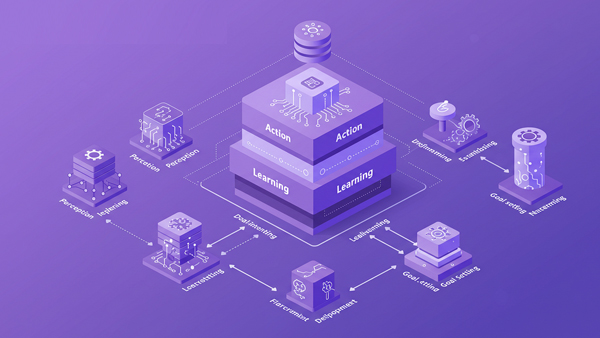
Core Layers of Reliable AI Decision Systems
A robust architecture for decision systems is multi-layered. Below is a reference blueprint, which PMDG tailors per use case.
| Layer | Purpose | Key Considerations |
|---|---|---|
| 1. Data & Knowledge Layer | Ingest, clean, integrate, and manage data and domain knowledge | Data pipelines, ontology, knowledge base, versioning, lineage, schema enforcement |
| 2. Feature / Representation Layer | Transform raw data into features, embeddings, semantic representations | Embeddings, graph features, domain encodings, vector stores |
| 3. Decision Logic / Reasoning Layer | Core decision engine — rules, ML/AI models, hybrid reasoning | Symbolic rules, LLMs, decision trees, ensemble logic, DMN/Decison Intelligence layers Open Decision Intelligence Platform |
| 4. Validation & Explanation Layer | Verification, explainability, bias detection, consistency checks | Model auditing, counterfactuals, human oversight, anomaly alerting |
| 5. Execution & Action Layer | Enact decisions, trigger workflows, integrate into downstream systems | Microservices, API endpoints, orchestration, rollback logic |
| 6. Monitoring & Feedback Layer | Observe outcomes, measure performance, feed for retraining | Drift detection, metrics dashboards, logs, continuous learning loops |
Let’s unpack each in minute detail.
1. Data & Knowledge Layer
This is where reliability begins. Without clean, trustworthy inputs, decisions degrade. In this layer:
- Data pipelines & ingestion: Real-time and batch ingestion from internal systems, third-party APIs, sensors, logs.
- Data cleansing & normalization: Handling missing values, removing duplicates, standardizing formats.
- Knowledge base & ontology: Domain terms, rules, taxonomies, relationships (e.g. hierarchical definitions).
- Lineage & versioning: Track which data version fed which decision, who changed what, when.
- Access & security controls: Role-based access, encryption, audit logs.
At PMDG, we treat this layer not as a “one and done,” but as evolving — new sources added, schemas changed, quality improved over time.
2. Feature / Representation Layer
In this layer, raw data is converted into structured features or embedded representations suitable for reasoning.
- Feature extraction / engineering: Derive metrics, aggregates, temporal features, domain signals.
- Embeddings & vector representations: Use vector models (e.g. sentence embeddings, graph embeddings) to capture semantic meaning.
- Graph / relational representation: Sometimes decisions depend not just on single records but on networks (e.g. user-item, supply chain).
- Semantic enrichment: Linking to external knowledge graphs or ontologies to enhance context.
- Feature versioning & freshness: Ensuring features are computed in correct time windows; avoid leakage.
Representation is critical — better features often yield better decisions even more than model upgrades.
3. Decision Logic / Reasoning Layer
This is the heart of the system — where the decision is computed. But it is rarely just one model. The architecture must support hybrid, modular, fallback reasoning.
Approaches & Hybrids
- Rule & symbolic logic: Business rules, decision tables, domain logic (especially for known regulatory constraints).
- Machine learning models: Classification, regression, ranking models.
- LLM / generative models: For open reasoning, explanation, contextual decisions.
- Decision Intelligence / DMN layers: Some architectures adopt Decision Intelligence Architecture — layering knowledge, symbolic logic, cognitive AI, and autonomy. Open Decision Intelligence Platform
- Ensemble logic: Combining outputs of multiple models or logic paths based on confidence or context.
- Fallback / safe paths: If confidence is low, fallback to safe default or human review path.
Decision Flow
- Input features are passed to rule engine & ML models in parallel.
- Confidence scores, thresholds guide which output is used.
- Hybrid merger logic blends them.
- If ambiguous, route to human oversight.
This flexible architecture ensures resilience: when one model is wrong, others help compensate.
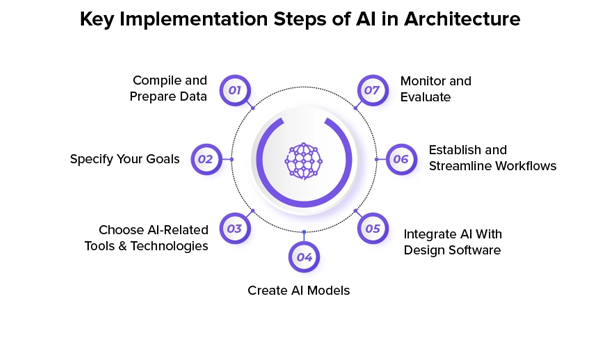
4. Validation & Explanation Layer
Even the best decision must be trustworthy. This layer ensures that.
- Model validation & auditing: Checking performance on hold-out sets, fairness metrics, bias detection.
- Explainability & interpretability: LIME, SHAP, counterfactuals, decision trace logs.
- Consistency & sanity rules: Hard constraints or invariants to cross-check (e.g. no negative values, rule violations).
- Human in the loop (HITL): For edge or high-risk cases, humans review or override decisions.
- Anomaly detection: Flag improbable or suspicious decision outcomes for further examination.
At PMDG, we embed these checks as mandatory — no decision leaves without passing validation unless flagged.
5. Execution & Action Layer
Upon validated decision, this layer enacts outcomes by integrating with business workflows.
- Microservices / API endpoints: Expose decision logic via secure APIs.
- Orchestration & workflow engines: Trigger sequences (e.g. notifications, downstream systems).
- Rollback & fallback mechanisms: If downstream fails, revert or queue action.
- Transaction consistency & idempotency: Ensure actions are safely repeatable or atomic.
This separation allows decisioning logic to remain decoupled from business systems — reducing risk and improving maintainability.
6. Monitoring & Feedback Layer
A decision system must learn and adapt. This layer ensures it.
- Metrics & KPIs: Accuracy, precision, recall, false positives/negatives, decision latency, cost per decision.
- Drift detection: Data drift (input distribution change), concept drift (target change).
- Feedback loops / labels: Capture outcomes (did decision succeed?), feed them back as ground truth.
- Retraining & versioning: Based on feedback, retrain models, deploy new versions.
- Logging & audit trails: Full trace of inputs, decisions, validation steps, overrides.
By continuously watching outcomes, the system remains reliable over time.
Architectural Patterns & Advanced Concepts
While the layer model is foundational, real systems benefit from advanced patterns:
Agentic & Multi-Agent Orchestration
Complex systems break tasks into agents that handle parts of decision workflows — then coordinate via planners or streams. arXiv
Stakeholder Aligned Decision Architecture (e.g. HADA)
Architecture such as HADA wraps decision logic into stakeholder agents (business, audit, ethics) so that every decision is aligned, auditable, and contestable. arXiv
Pipelines & Streams
Use streaming architecture to pass data and commands among agents/decision modules in real time, decoupled yet coordinated. arXiv
Hybrid Symbolic + Neural Reasoning
Combine rule engines and neural models to get the best of both — explainability and flexibility. Decision Intelligence architectures often adopt this layering. Open Decision Intelligence Platform+2Leanware+2
Architectural Decisions & Patterns
In AI systems, architecture decisions are often expressed via component, data, or technology decisions. Key qualities like performance, scalability, modularity, observability dominate tradeoffs. arXiv+2Leanware+2
Challenges & Mitigations
Even with robust architecture, decision systems face challenges. Here’s how to handle them:
| Challenge | Risk | Mitigation |
|---|---|---|
| Data quality / missing data | Bad decisions due to poor inputs | Data validation, input fallback, imputations, alerts |
| Bias & fairness issues | Systemic unfairness, amplification of bias | Fairness metrics, adversarial audits, human oversight |
| Latency / performance bottlenecks | Slow responses in production | Caching, model pruning, asynchronous paths, edge precomputation |
| Concept drift | Model predictions degrade over time | Continuous monitoring, retraining, feedback loops |
| Explainability vs complexity tradeoff | Black-box models unacceptable in regulated domains | Use interpretable models, layered explainers, symbolic constraints |
| Integration & coupling | Tight coupling to legacy systems is brittle | Decoupled microservices, APIs, contract versioning |
Overcoming these requires both architectural foresight and operational discipline.
Why This Architecture Delivers Reliability
This layered, modular, hybrid architecture ensures that:
- Decisions are traceable — you can audit input → logic → validation → action.
- Failures are contained — fallback or human paths prevent cascading errors.
- Models evolve safely — retraining is governed, versioned, auditable.
- Transparency is built-in — explanation module surfaces rationale.
- Scalability & resilience — layers scale independently; services fail gracefully.
PMDG Technologies’ Approach & Best Practices
At PMDG, when we build AI decision systems, we follow these principles:
- Design from Day 1 with validation & feedback in mind, not as an afterthought.
- Version everything — data schemas, model versions, pipeline configurations.
- Use modular microservices so each layer can evolve independently.
- Implement human-in-loop controls for sensitive decisions.
- Run A/B or shadow modes before full rollout, to validate behavior.
- Continuously monitor drift & metrics, and automate retraining pipelines.
- Govern decision rights and responsibility — clarify who reviews, approves, audits the system.
Conclusion
The architecture behind reliable AI decision systems is not a luxury — it’s the foundation that separates experimental AI from enterprise AI. By structuring systems across layered modules (data, representation, reasoning, validation, execution, feedback) and blending symbolic, neural, and human oversight, you create AI systems that make decisions you can trust.
At PMDG Technologies, we pride ourselves on designing architectures that balance innovation with stability, flexibility with accountability, scale with explainability. If you’re ready to transform your decision workflows into intelligent engines, we’d love to collaborate.





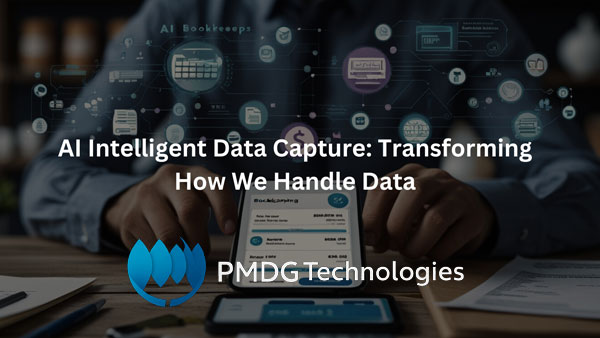
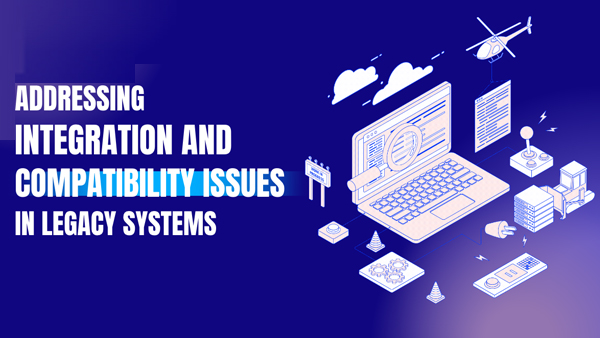

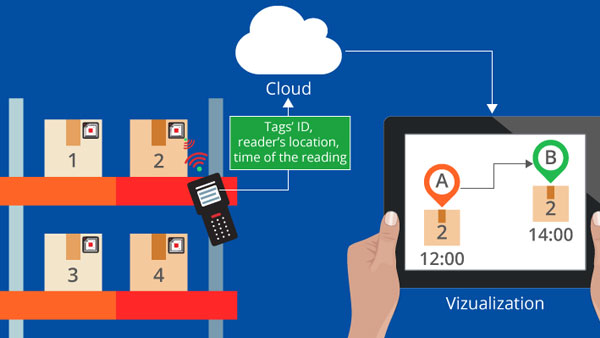



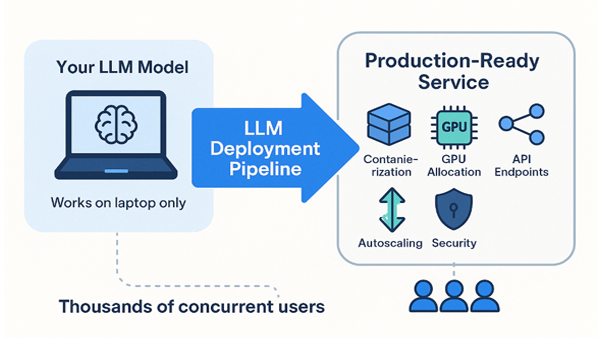
Leave a Reply